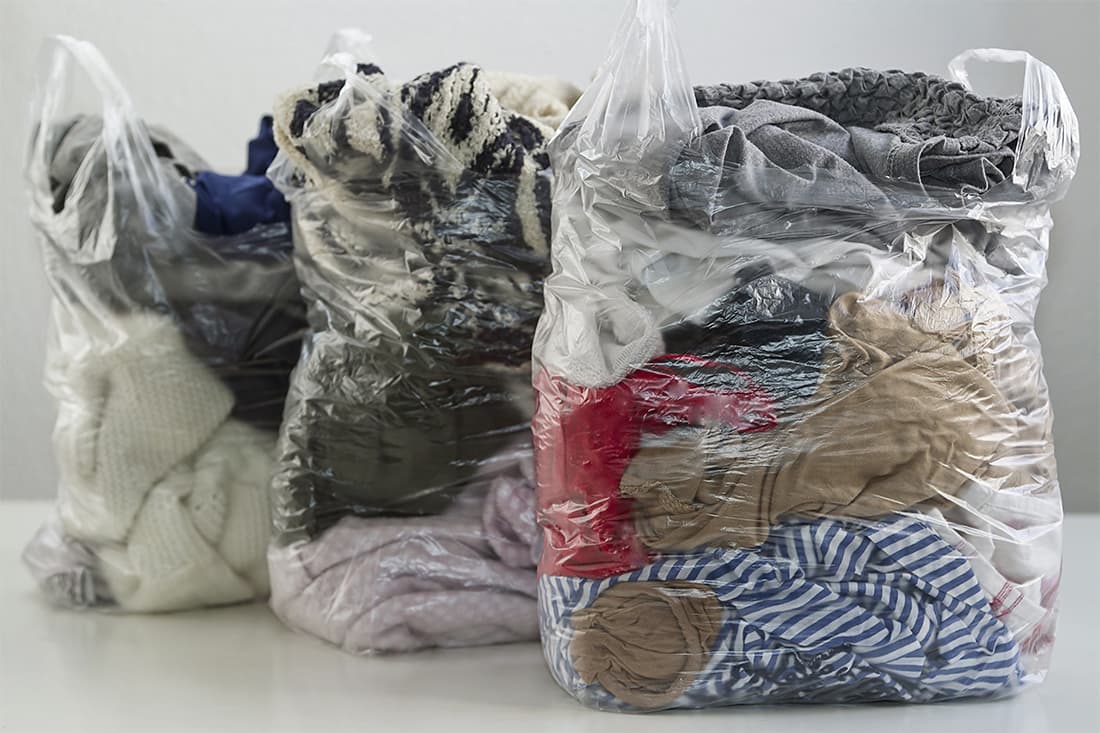Workshop overview
|
Year level
| 9 to 12 |
|
Capacity
|
16-32 students. If you want to bring more students, email highschool.workshops@qut.edu.au |
|
When
|
School days: Monday to Friday |
|
Duration
|
Half day
|
|
Where
|
QUT Gardens Point, Science and Engineering Centre
|
|
Cost
|
Free (late cancellation fees apply. See terms and conditions.) |
Workshop details
This engaging, hands-on workshop explores the environmental and societal impacts of fashion consumption, empowering students to adopt sustainable practices through upcycling.
Drawing insights from ABC's War on Waste, we will examine the staggering volume of textile waste generated by fast and ultra-fast fashion, along with the industry's broader environmental consequences such as resource depletion and carbon emissions. Students will learn how to creatively transform old or unwanted clothing into unique, eco-friendly pieces using basic sewing techniques and DIY methods.
The workshop aims to inspire a shift towards conscious consumption by providing practical tools and fostering a mindset of sustainability, creativity, and waste reduction in everyday fashion choices.
Students (and teachers!) are welcome to bring their own item of clothing to work with.

